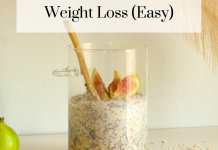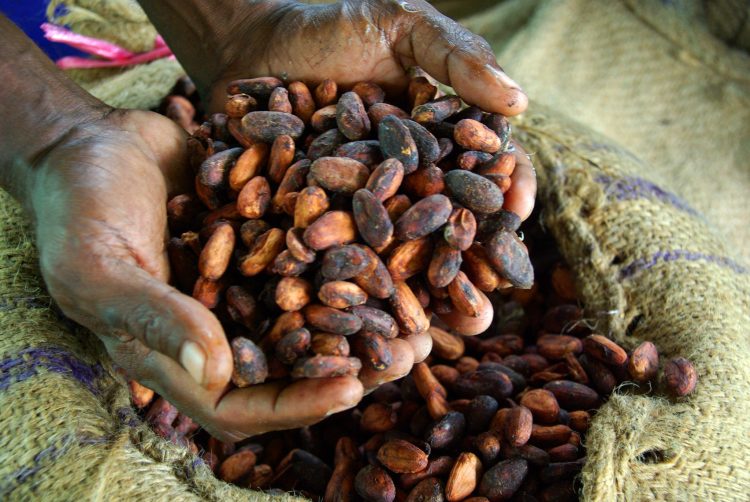Cholera is a severe diarrheal disease that can be fatal within hours if left untreated. It’s caused by consuming food or water contaminated with the bacterium Vibrio cholerae. This disease is a global public health threat, particularly in areas with poor sanitation and hygiene.
Key Facts About Cholera:
- Transmission: Cholera is transmitted through the fecal-oral route, where food or water contaminated with Vibrio cholerae is consumed.
- Symptoms: Cholera can cause severe acute watery diarrheal, which can lead to dehydration and death within hours if untreated.
- Treatment: Cholera is easily treatable with oral rehydration solution (ORS) or intravenous fluids, antibiotics, and rest.
- Prevention: Preventing cholera involves improving access to safe water, sanitation, and hygiene (WASH) practices.
History of Cholera:
Cholera has been known for centuries, with the first pandemic recorded in the 19th century. Since then, there have been seven pandemics, with the current one starting in 1961.
Global Impact:
According to the World Health Organization (WHO), there are an estimated 1.3 to 4.0 million cases and 21,000 to 143,000 deaths from cholera worldwide each year. Cholera outbreaks often occur in areas with poor sanitation, conflict, or natural disasters.
Prevention and Control:
Preventing and controlling cholera involves a combination of strengthening surveillance, improving WASH practices, increasing risk communication, and providing access to quality treatment. Oral cholera vaccines (OCVs) are also available to help prevent and control cholera outbreaks.





















































![[FREE FREE MONEY] Predict and Win a Guaranteed GH¢200 From Us EVERY WEEK](https://wordpress.ghanatalksradio.com/wp-content/uploads/2022/02/Predict-and-Win-Final-09-03-2021-218x150.jpg)
![[Predict & Win – 8th/Oct.] WIN A Guaranteed ¢200 From Us This Week](https://wordpress.ghanatalksradio.com/wp-content/uploads/2021/10/maxresdefault-16-218x150.jpg)
![[Predict & Win – 2nd] WIN A Guaranteed ¢200 From Us This Week](https://wordpress.ghanatalksradio.com/wp-content/uploads/2021/09/maxresdefault-50-218x150.jpg)
![[Predict & Win – 25th] WIN A Guaranteed ¢200 From Us This Week](https://wordpress.ghanatalksradio.com/wp-content/uploads/2021/09/maxresdefault-36-218x150.jpg)
![[Predict & Win – 18th] WIN A Guaranteed ¢200 From Us This Week](https://wordpress.ghanatalksradio.com/wp-content/uploads/2021/09/maxresdefault-23-218x150.jpg)








![[National cathedral] See full list of churches that have contributed since 2018](https://wordpress.ghanatalksradio.com/wp-content/uploads/2020/09/Ghana-National-Cathedral-GhanaTalksRadio-100x70.jpg)



